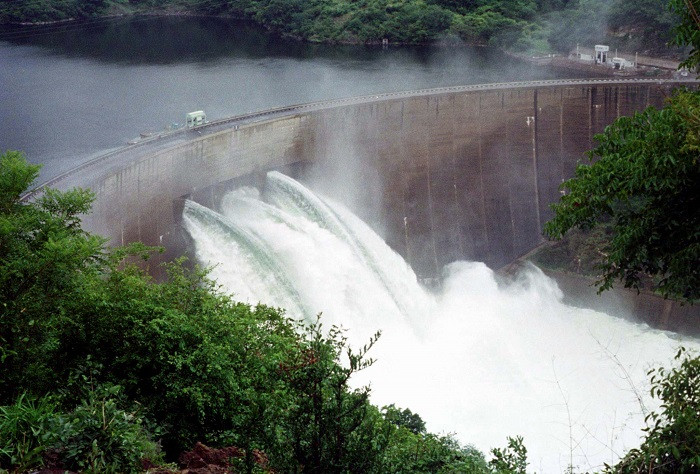Boom In Dams Will Not Help Meet Power Demand But Only Affect Environment, Warns Study

Despite the 3,700 large hydroelectric dams being built or planned, mostly in developing countries, hydropower will not close the electricity gap, says a new study.
The dams will only spell trouble for the communities and the wildlife around them, says lead author Christiane Zarfl, who conducted the study with colleagues at Germany's Leibniz-Institute of Freshwater Ecology and Inland Fisheries.
This was the conclusion after comparing energy produced to impact on free-flowing rivers, reports NBC News.
While global electricity supply would double with the completion of the projects, electricity demand will increase such that hydropower's share of the global energy pie would not change much.
It was estimated that 25 of the 120 large river systems classified as free-flowing would lose that status, primarily in South America.
"Worldwide, the number of remaining free-flowing large river systems will thus decrease by about 21 percent," the scientists wrote.
While it is possible to mitigate a dam's impact by releasing water into the river in sync with its natural flows, protect habitat for freshwater species and preserve water quality, experts do not see much effort either from big nations like China or financiers like the World Bank.
A related study in Nature Geoscience notes how sediments define a river basin and how dams will block the sediment and restrict rivers into smaller basins.
Lead author Jose Constantine, an earth sciences professor at Britain's Cardiff University, spoke of the benefits of a dynamic river. Its ability to manage floods, allow fish to thrive and improve the water quality by capturing runoff and pollution will be lost when dams constrain rivers.
Dams will invite more floods and other natural disasters and conflicts, while the sediment problem will go beyond constraining rivers to shrinking deltas and affecting mangroves that protect against storms, say experts.
Currently, there are around 45,000 big dams and an exponentially larger number of small dams across the globe, says Nature Conservancy which has drawn up a list of mitigation solutions to address the negative impact.
© Copyright IBTimes 2025. All rights reserved.





















